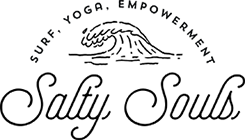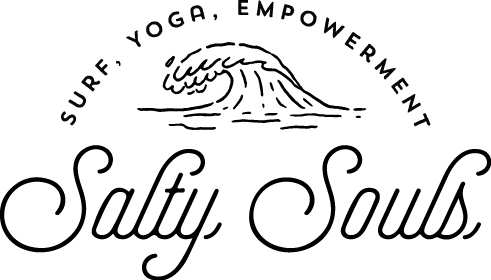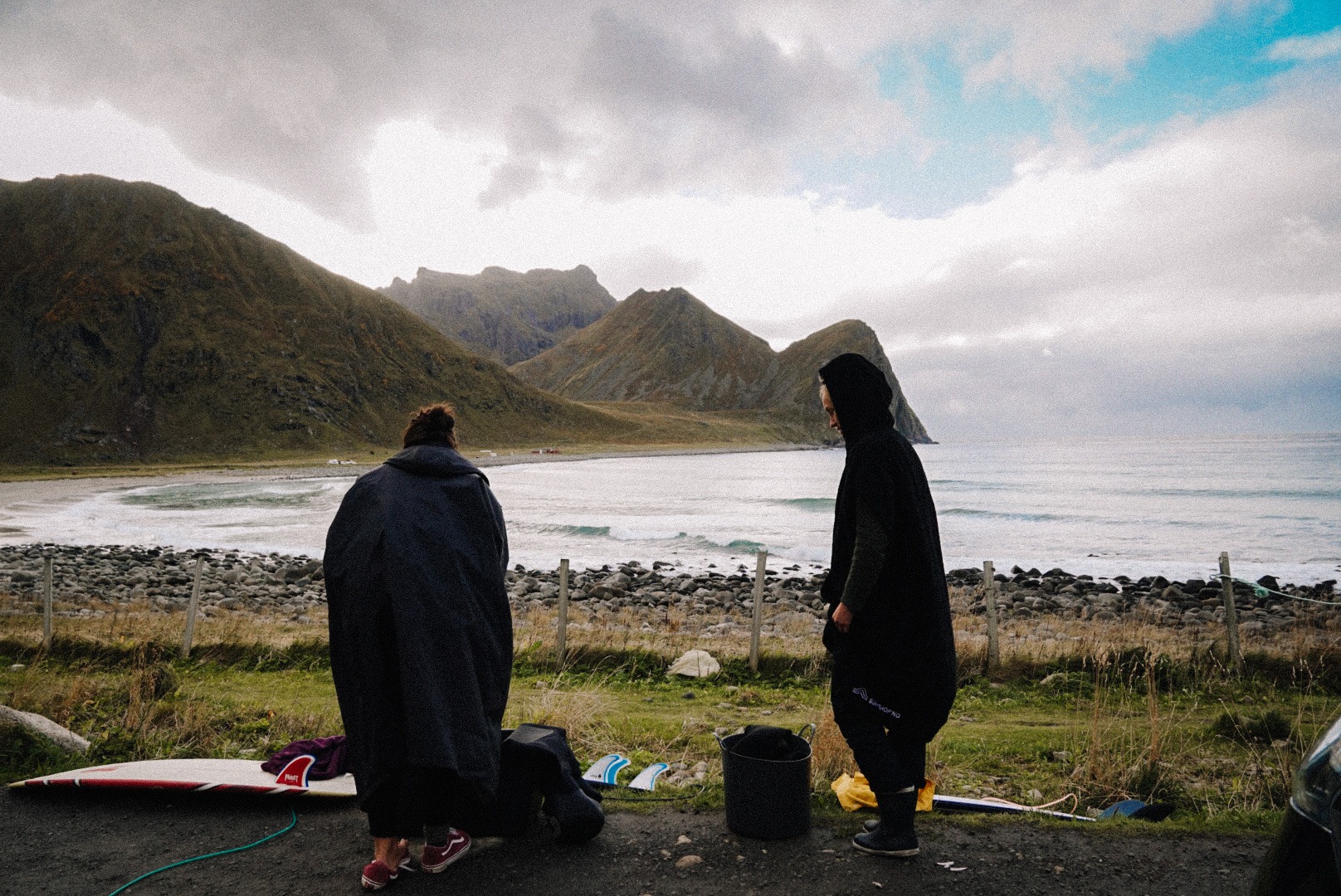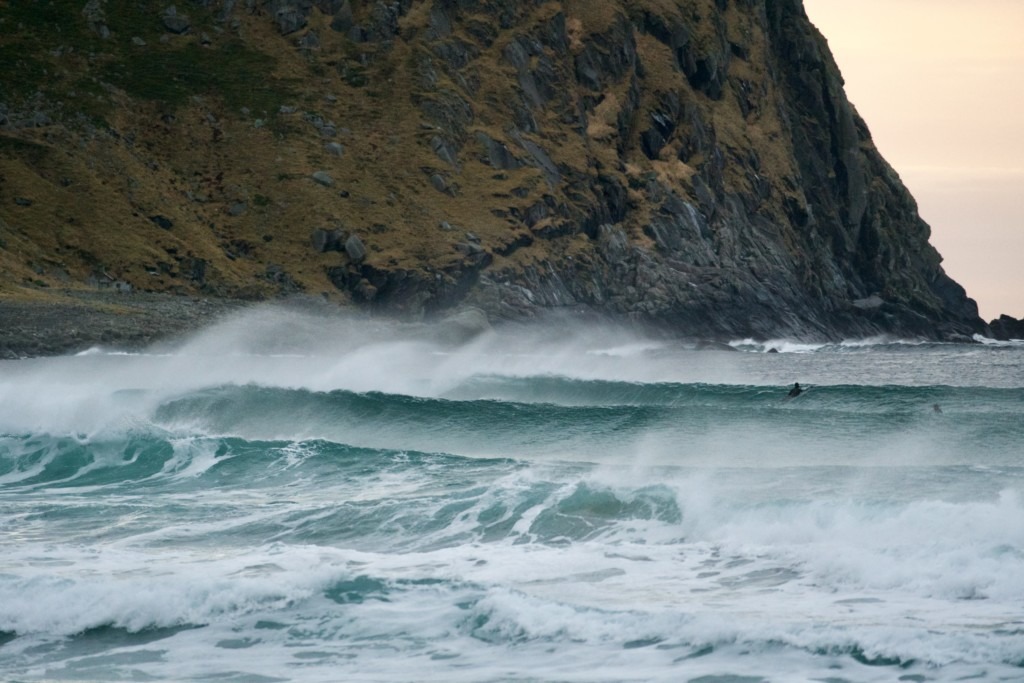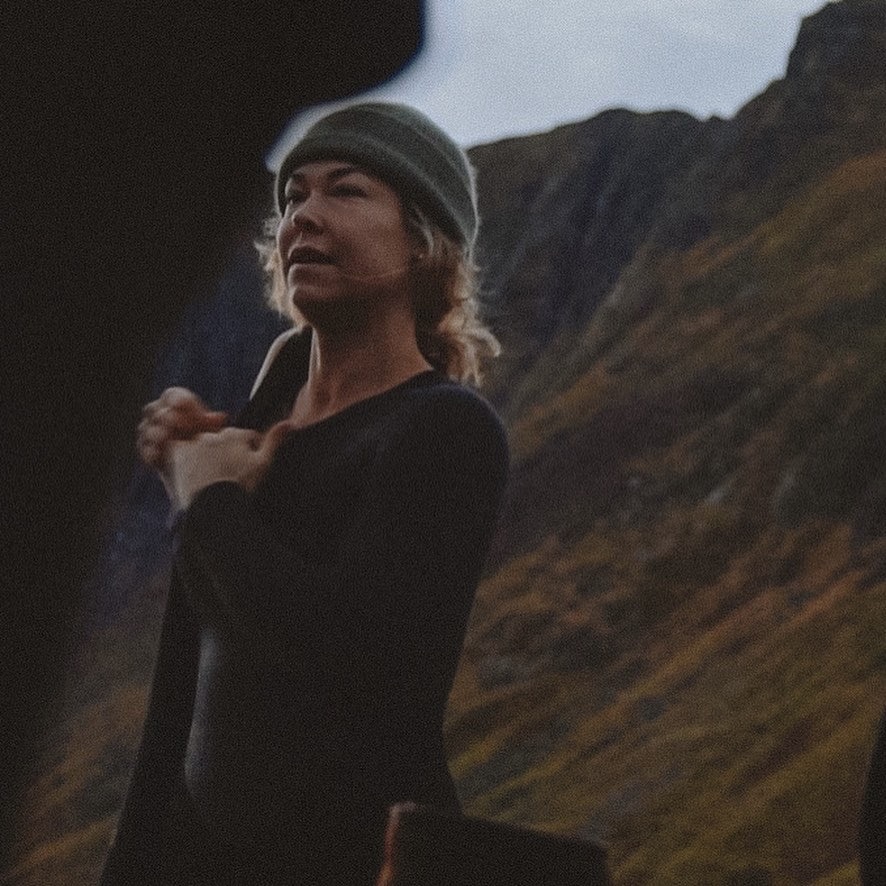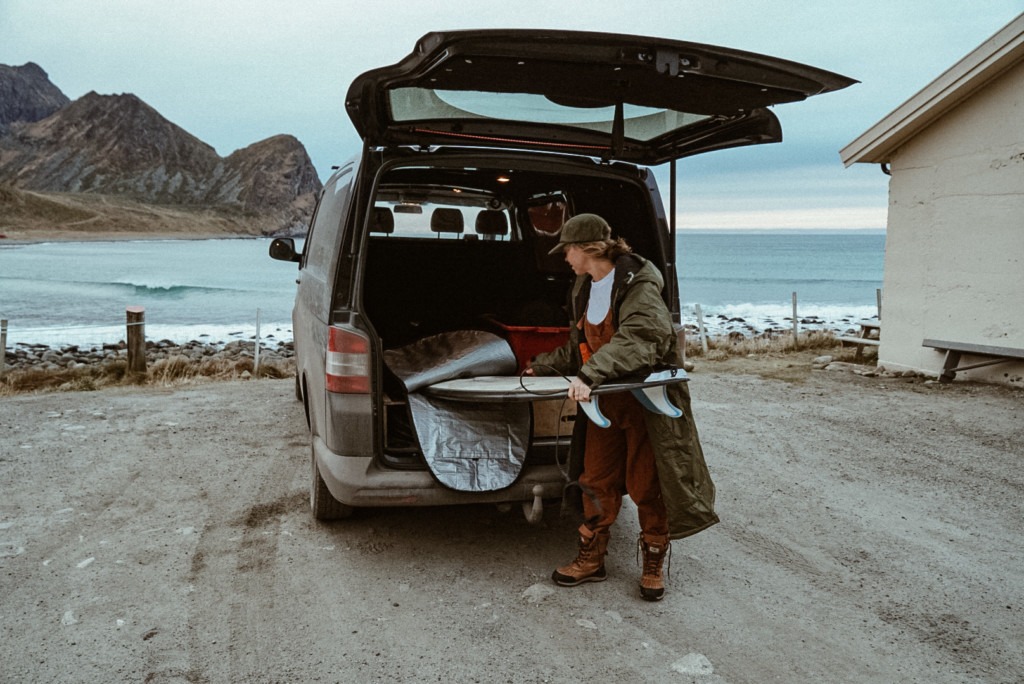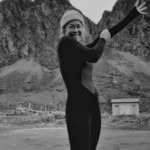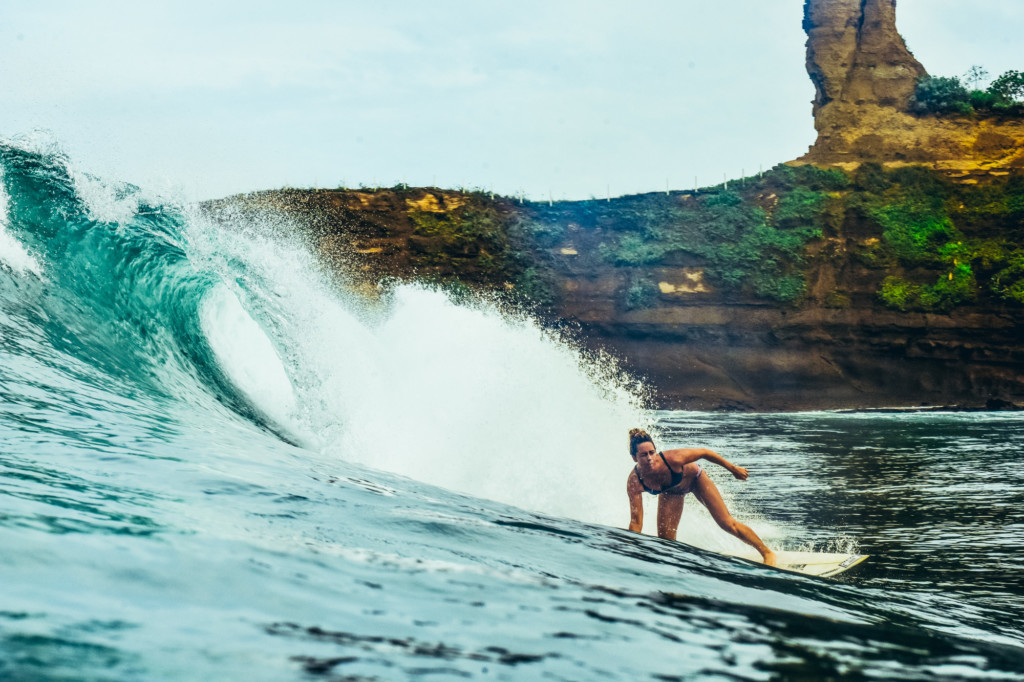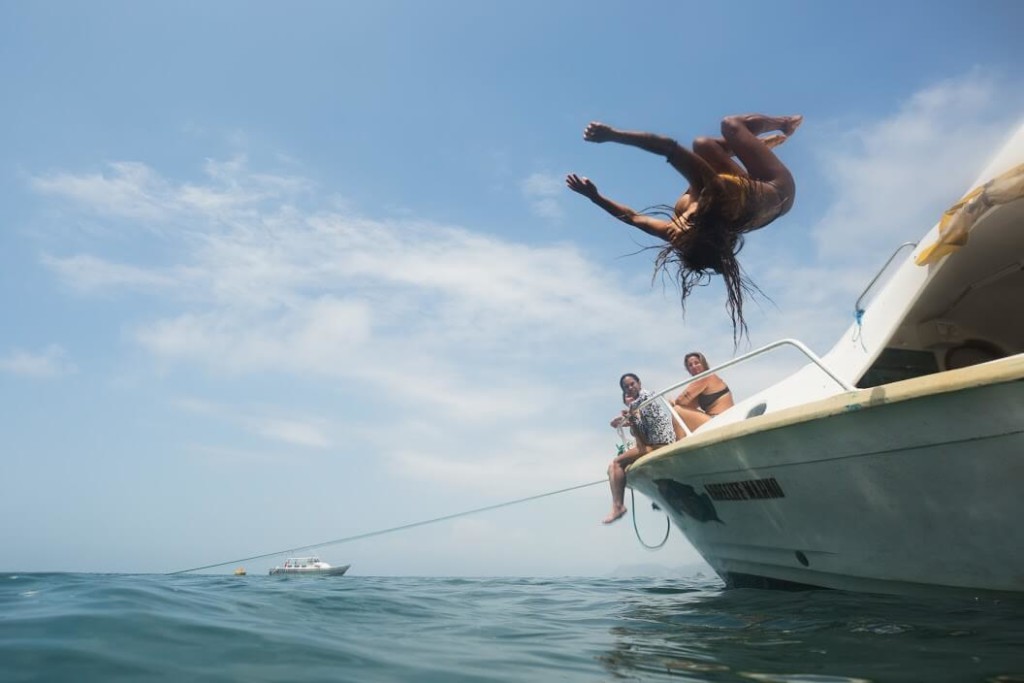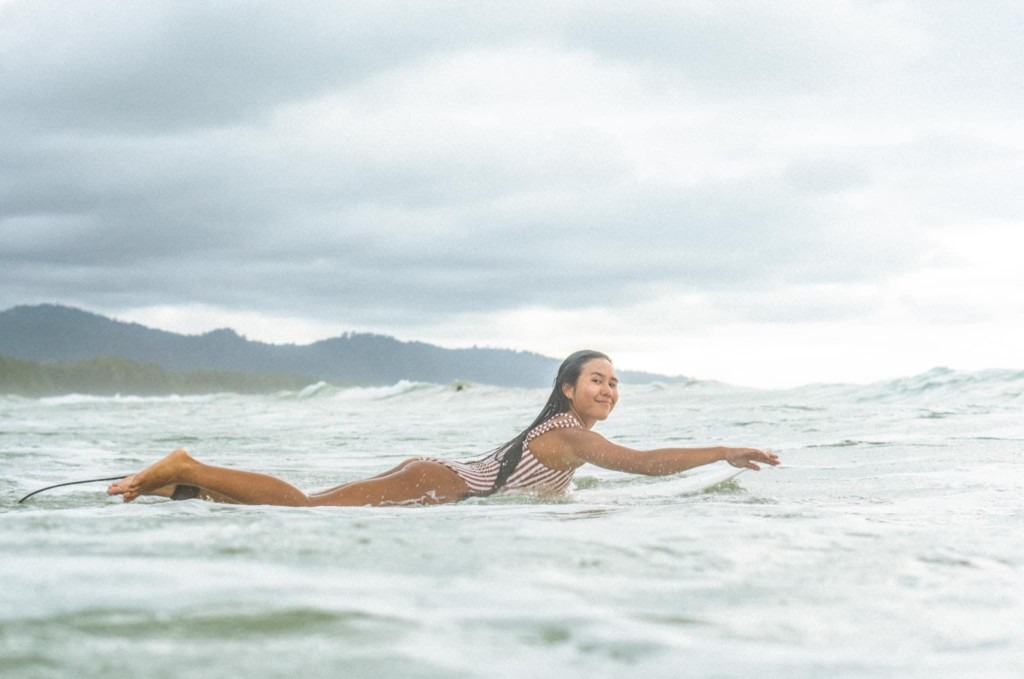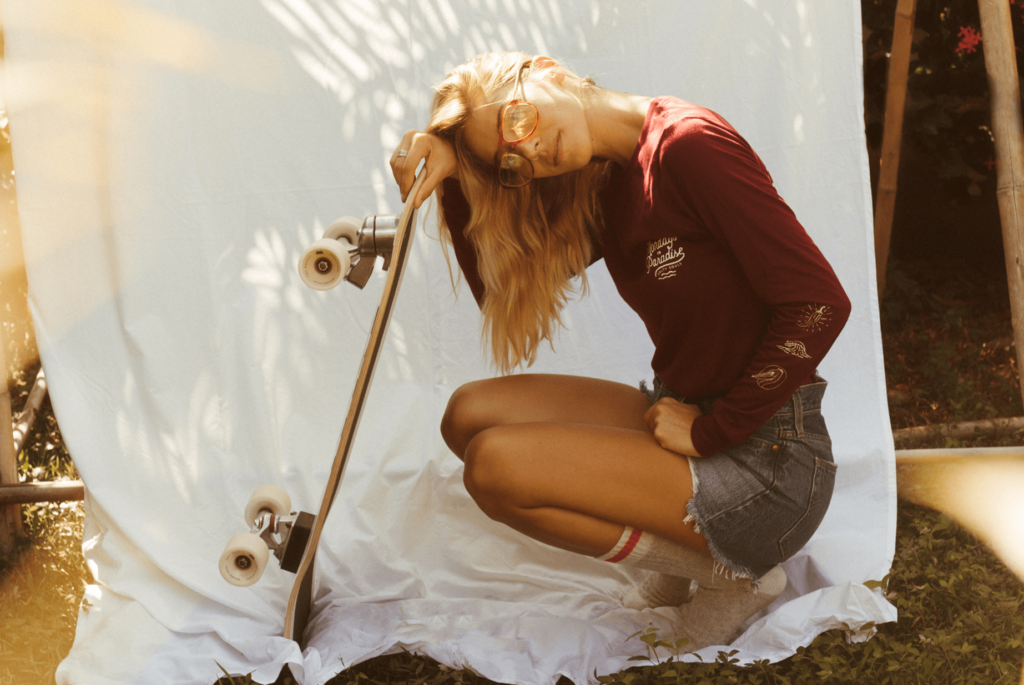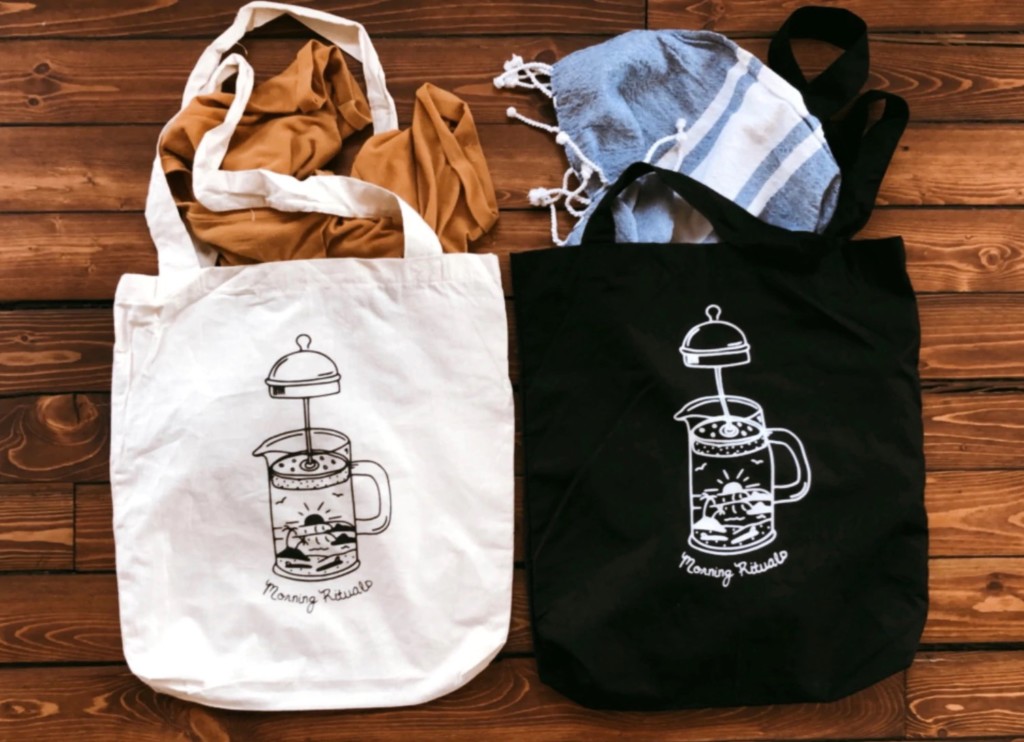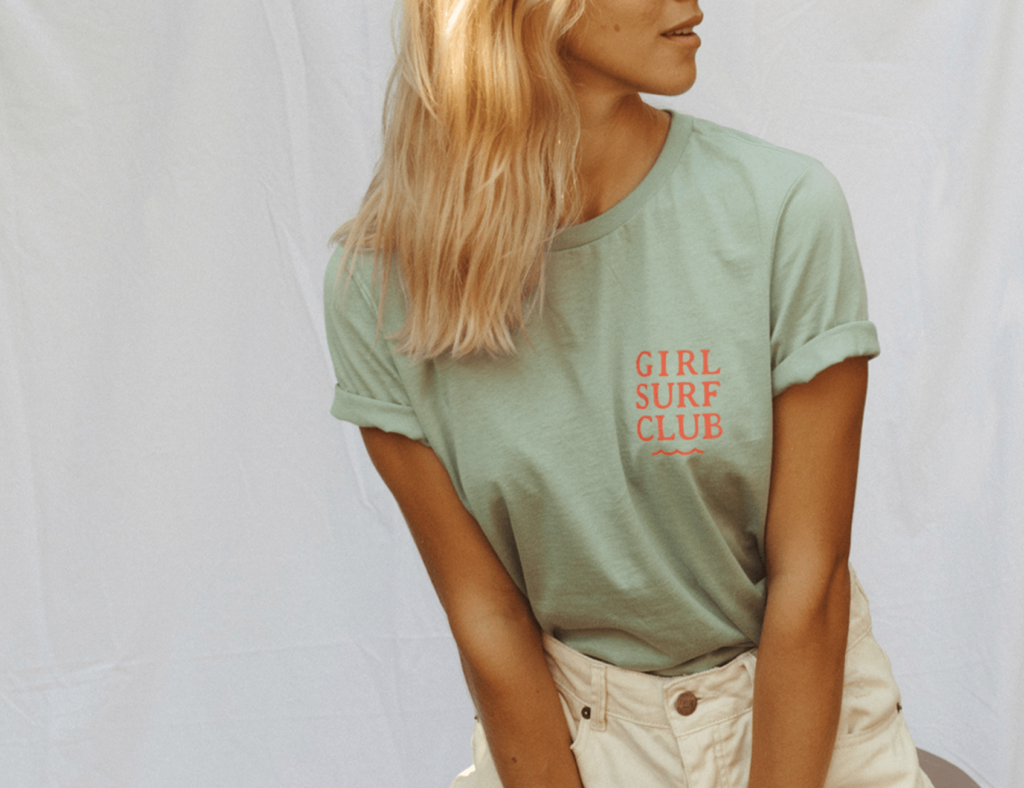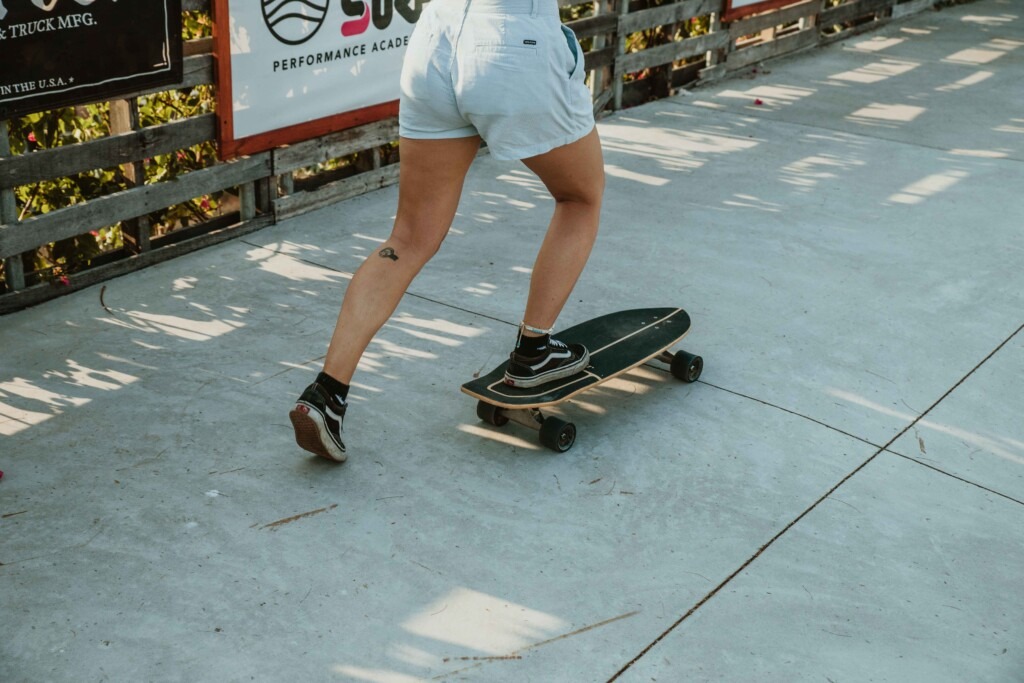Photos by Fredrikke Sofie Jerring
In the Northernmost part of Norway, above the Arctic Circle in an archipelago surrounded by rough waters, astonishing majestic mountains, breathtaking fjords and world class waves you find Lofoten. A cold-water surf paradise, and probably one of the most remote surf spots on earth.
At this faraway cold yet exotic surf spot, there’s been a clear trend over the past years. More and more bad-ass, cold-water women are taking over the lineups.
The alarm makes a buzzing sound and the cold outside of the duvet makes it tempting to stay uncovered beneath it. It’s barely daylight outside, gloomy weather with low clouds and fog is covering the mountain tops surrounding us. Frederikke Jerring does some stretching exercises in bed under the duvet before getting out; partly to wake her body up, partly to get ready to meet the cold outside of the duvet.
“You know that first day when you can feel and smell the weather has changed; the air is still somewhat warm – arctic warm at least, but the crispiness in the air is definitely there.
I friggin’ love that day; it means bigger swells, more waves and better surf.”
She makes herself a sandwich for later and a coffee for now. Then, she meets up with the other three ladies waiting in the car outside before they drive the hour it takes to get to Unstad. Ten years ago, no one had heard about this faraway surf spot at the North side of the Lofoten Islands in Northern Norway. Today the bay of Unstad is notorious for its world class waves and breathtaking scenery.
Four cold-water Lofoten women
Today’s crew consists of four cold-water women: Tanya Tamburaci, Hanne Grøn, Dina Treland Nesse and Fredrikke Sofie Jerring. All living in Lofoten, having moved here from different parts of Norway and Sweden, but all for the same reasons. The ocean, the mountains and to live closer to the elements and to surf on a regular basis.
“I moved up here to be able to surf and go backcountry skiing on an everyday basis, and not just live for the weekends and holidays ,because that’s when you have time to do the stuff you love.” Says Hanne.
“It’s nice to be a part of a smaller community and the vibe up here is much more laidback.”
Hanne is 31 y/o, originally from just outside of Oslo, and lives in Lofoten on her second year working as a project manager, where the focus is to find solutions towards future ocean emissions in Lofoten. No biggie.
“If Lofoten had warm and tropical climate, the lineups would’ve been packed with people every day all year round, which makes me appreciate the cold weather and ocean temperatures.
But for a person who freeze easily, being a surfer in Lofoten can be rough. Winters up here comes with a frequent brain freeze, and frozen, useless fingers and toes.
During those days I’m often wondering what on earth we’re actually doing here”.
+ 6 Weeks of Self-Mastery Program: an Hollistic approach to Training
+ 21-Day Challenge: Strong Body, Strong Mind
Breathtaking even on its gray days
The car drives out of the last tunnel where the exit overlooks the infamous Unstad bay. Small wooden houses and fields grazed with sheep form almost a V-shape and a white sandy beach stretches from one side to the other. Surrounding the bay are staggering and majestic mountains entering straight into the wild North Sea. Unstad does not disappoint, even on a gray day like today, it’s breathtaking.
The ladies start taking their boards and buckets containing hooded wetsuits, boots and gloves out of the car. Today is far from a perfect day surf condition-wise; it’s a little onshore wind, which makes it a little messy, but the waves are about head high. The right side of Unstad has some Arctic peelers rolling in and the line-up is empty. We’re surrounded by steep mountains; the air is crisp and the colors covering the mountain tops are bright orange.
“But surfing during these months is not all just a fairytale; it gets really dark and cold, the wind can often reach storm level, as well as snow, rain and hail blowing sideways.”
It’s a Tuesday morning above the Arctic Circle, and they’re overlooking the North Sea. The days are getting shorter, the sunsets and sunrises wilder and the season has officially changed.
Surfing above the arctic circle
When you’re cold-water surfing, it’s pretty self-explanatory that the sea temperatures are low all year round, and not just during the winter months. So, surfing above the Arctic Circle almost always includes a hooded 6/5/4 wetsuit with gloves and boots. Although you can find surfable waves all year round, the winter here is by far the most pumping period. But surfing during these months is not all just a fairytale; it gets really dark and cold, the wind can often reach storm level, as well as snow, rain and hail blowing sideways.
“I had absolutely no idea what I had gotten myself into first coming to Lofoten; I rocked up in flipflops and a jeans jacket, with no clue what Northern Norway was about.
When I first met the typical Lofoten-weather that summer I was like: ‘What the fvck is this?”
Tanya is a 39-year-old mother of two from Sweden, and living in Lofoten on her 14th year after randomly ending up here for what was supposed to be one working summer before going back to travelling the world.
“I quickly found a sense of safety up here surrounded by this wild and majestic nature.
To be able to live so close to the elements and surf almost every day – this place is like an adventure.”
“I had absolutely no idea what I had gotten myself into first coming to Lofoten.”
A growing surf girl gang in Lofoten
Over the past couple years, the female surf environment here in Lofoten has become more and more well-established, mostly including women from their early 20s to their 40s. More often than not, there are just as many women in the lineup as there are men; and like today they are also outnumbering the guys.
Traditionally men have dominated the surf scene all over the world, but the trend is clear: the women and young girls all over the world are making waves.
“I think that women often underestimate our abilities and have a harder time taking up space before we’re confident enough to feel that we deserve that space,” Frederikke says.
“Not necessarily just within surf, but that’s an area where you really see a big difference between the guys and the girls.
“A typical guy with no skills will paddle straight up to the peak and go for the first wave that comes his way – no shame in his game.
Where a typical girl will be more reserved and position herself further out on the shoulder afraid to be in anyone’s way.”
“More often than not, there are just as many women in the lineup as there are men; and like today
they are also outnumbering the guys.”
Easier for more women to join the magic
Fredrikke pulls the hood over her head before adjusting it and getting her hair out away from her face before she continues:
“I think that when it’s a more established surf community for women, it makes it easier for more ladies to join in on the magic and test
something new.
“Where men might be better at trying new stuff alone, women might be more on the look for a community or group that create a sense of comfort while testing new things. It’s super cool to be a part of a wave that makes surf more accessible for women and girls, especially since it previously has been a sport that typically have been more dominated by men.”
Meet the breaks
With waxing the boards as the only ingredient remaining, the cold-water women are almost ready to hit the waves. There are three different breaks at Unstad with a combination of sandy seabeds and rocky point breaks. While the conditions are still somewhat messy, the lineup on the right side is still empty, there’s only a few people sitting in the water on the left side and a couple more at the middle of the bay where the waves form an a-frame.
Unstad is a beach break that works best with west or northwest swells, and offshore east or southwest winds, the girls explain. While they continue to joke around and talk about the conditions and surf forecast for the rest of the week, Dina answers my question about her
favorite part about surfing in Lofoten:
“Surfing in cold water is awesome because you feel a little invincible when you find yourself in the ice-cold ocean mid-February, while it’s snowing sideways, and ice is covering the mountains surrounding you.”
She pulls out her purple fish-shaped surfboard from out of the board sock before continuing:
“All up until the point where you’re too cold, and almost hyperventilating while trying to get out of the wetsuit with hands so cold you can’t even feel them.”
Lofoten: where people stress less
Dina is a 38-year-old snowboarder, originally from a small village just outside of Flekkefjord, down South of Norway. Other than being able to surf on the reg, she moved up to Lofoten to change things up from resorts and solids to more backcountry and split-boarding. And to live somewhere where people stress less, and where the focus is more on enjoying life instead of being more career-driven.
Before jumping into the ocean, I ask the cold-water warriors what it is about cold-water surf that’s so captivating. Tanya looks back at me with a big smile on her face and answers:
“What can I say. It’s like an adventure, and a sense of achievement to be in an element that can be both challenging and scary – not to mention cold.
“And often all of them at the same time”.
“It’s like an adventure, and a sense of achievement to be in an element that
can be both challenging and scary – not to mention cold. And often all of them at the same
time.”
People from all over the world travel or move to this remote archipelago far above the Arctic circle called Lofoten for a reason. It’s like a tasty burrito consisting of majestic nature, activities for every season, a sense of playfulness, a socially inclusive community based on people with the same interests, a slower pace, and a dash of wild and unruly weather. What more can a girl ask for when all she wants is just a bangin’ burrito?
As for the final words from one female surfer to another, all I have to say is this: Be friendly. Be kind. And always be bold. It’s your right to be at the peak and surf that break just as much as any other surfer out there. Go make waves.
– Fredrikke Jerring
Frederikke is From Oslo, Norway but left her life in the big city and moved above the arctic circle in Lofoten about 6 years ago. The decision was based on the desire to get more surf, splitboard – nature with mountains and ocean into her everyday life. Basically more freedom and less rat race, work and a money and career focused life.
Today she works with photography, she does some writing, interior design as well as running a clinic where she works with acupuncture – which is her formal education:a bachelors degree in acupuncture. And she runs Lofoten Apartments, a 1946 fish plant turned into modern vacation rentals, together with her boyfriend Erik.
Follow her on Insta : @fredrikkeso // @surfarctic
